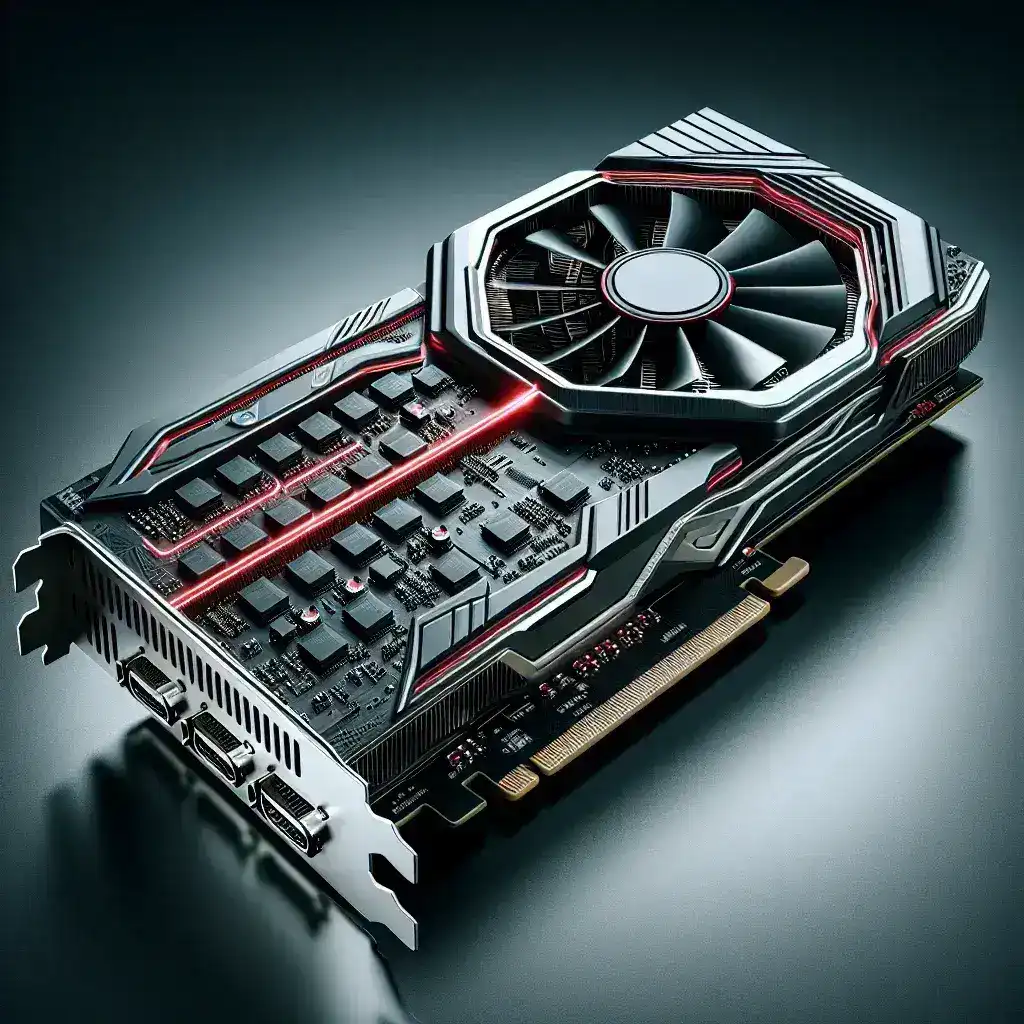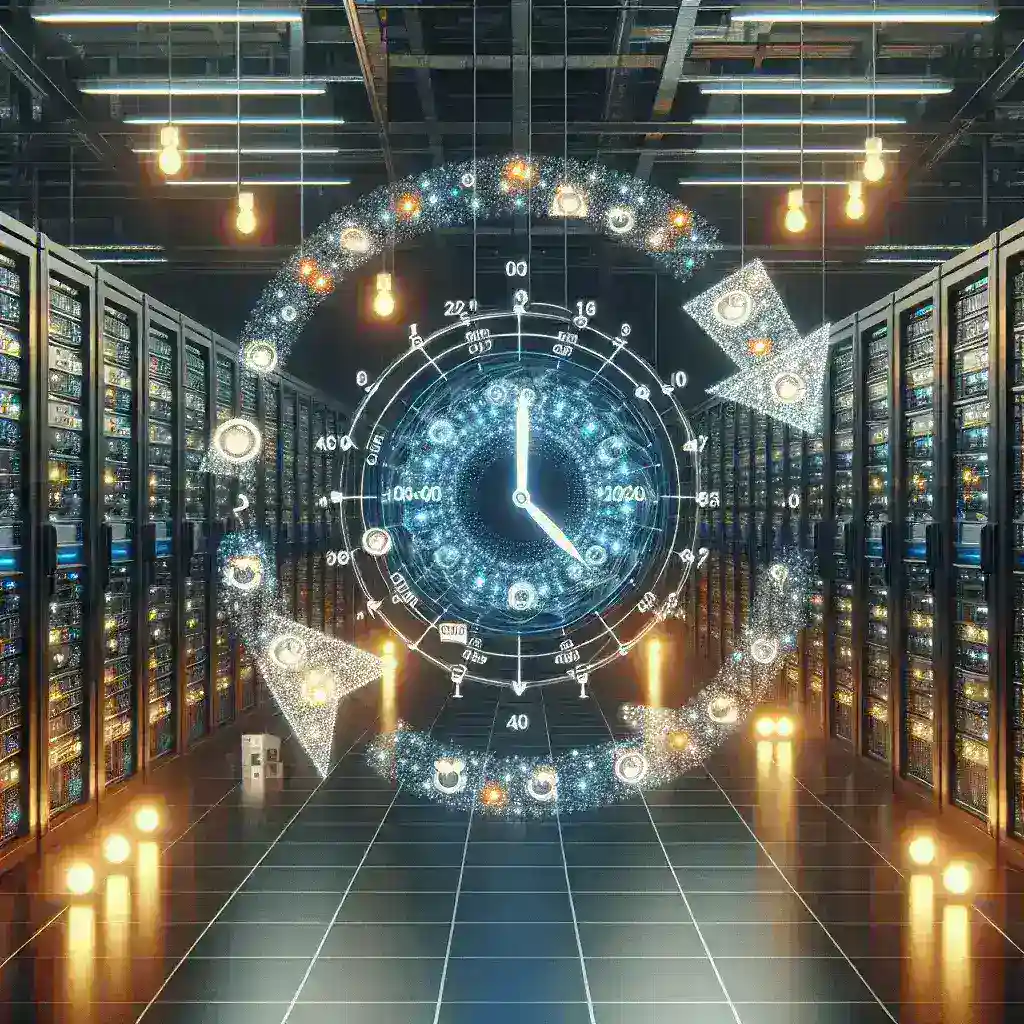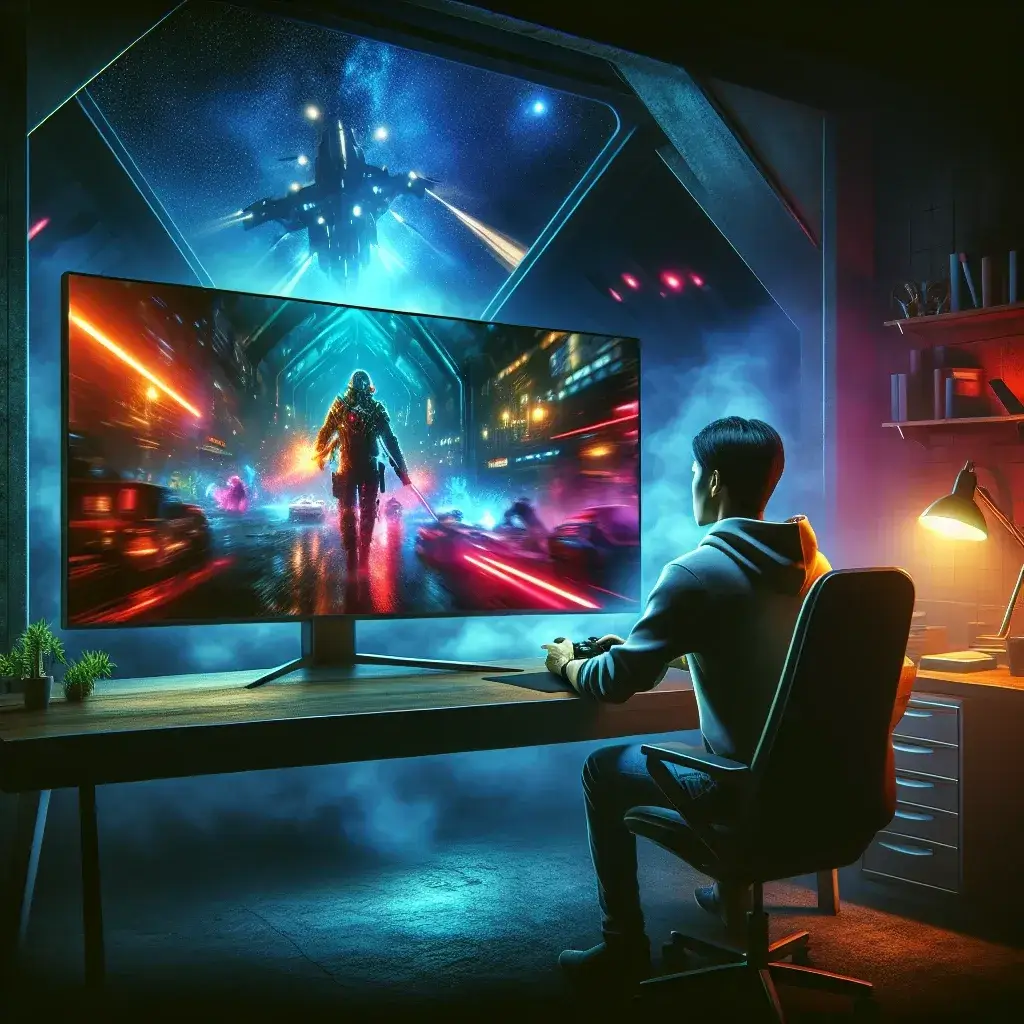Introduction to the AMD Radeon RX 8900 Series
The graphics card market is continuously evolving, with manufacturers striving to push the boundaries of performance and memory capacity. One of the most anticipated releases in this domain is the AMD Radeon RX 8900 series, which is set to feature a groundbreaking 24 GB VRAM. This leap in memory size represents a significant milestone for AMD and its users, particularly as gaming and graphical applications demand more resources than ever before.
The Evolution of Graphics Cards
To truly appreciate the significance of the RX 8900 series, it’s essential to understand the historical context of graphics cards. The last decade has seen a meteoric rise in the capabilities of GPUs, reflecting the increasing complexity of video games, 3D modeling, and rendering tasks. The following points highlight the crucial advancements:
- Early Days: Graphics cards began with minimal VRAM, often less than 1 GB, barely able to handle basic 2D graphics.
- Introduction of 3D Graphics: The launch of 3D accelerated graphics in the late ’90s required more advanced GPUs and memory.
- Rise of HD Gaming: With the advent of high-definition gaming, 2 GB to 4 GB VRAM became the standard.
- 4K and Beyond: Today, gamers are looking for cards with 8 GB, 10 GB, and even 16 GB to handle 4K resolutions effectively.
What Does 24 GB VRAM Mean for Users?
The introduction of 24 GB VRAM in the RX 8900 series opens up a range of possibilities:
For Gamers
Gamers are always on the lookout for performance enhancements, especially when it comes to playing the latest titles at high resolutions. Here are some advantages:
- Ultimate Performance: With 24 GB VRAM, the RX 8900 can easily handle the most demanding games at ultra settings without compromising frame rates.
- Future-Proofing: As games become more complex, having a higher VRAM capacity ensures longevity in performance.
- Enhanced Visuals: Players can enjoy rich textures, improved draw distances, and advanced graphical effects.
For Creatives
Not only gamers benefit from this advancement; content creators and professionals in graphics-intensive fields will find the 24 GB VRAM equally advantageous:
- Optimized Workflows: Video editing, 3D modeling, and rendering tasks will see significant improvements, allowing for smoother edits and quicker render times.
- Increased Efficiency: Large-scale projects can be tackled more efficiently with ample VRAM, reducing bottlenecks.
- Better Multitasking: Running multiple applications simultaneously becomes easier, enhancing productivity.
Future Predictions and Trends
As we look forward to the release of the RX 8900 series, it’s essential to consider industry trends and future predictions:
- Integration of AI: The future of graphics cards will likely see more AI integration, enhancing performance and efficiency.
- Ray Tracing: With ray tracing becoming more prevalent, the demand for higher VRAM will continue to rise.
- Increased Competition: AMD’s advancements may spur NVIDIA and other competitors to innovate further, leading to better products for consumers.
Pros and Cons of the RX 8900 Series
While the RX 8900 series presents an exciting frontier in graphics technology, it’s essential to consider both the pros and cons:
Pros
- Exceptional VRAM Capacity: 24 GB VRAM is a game-changer for both gamers and creators.
- Advanced Technology: Leveraging the latest in GPU tech ensures top-tier performance.
- Versatile Applications: Suitable for gaming, content creation, and professional workloads.
Cons
- Potential Cost: High-performance graphics cards typically come with a premium price tag.
- Power Requirements: Increased VRAM could mean higher power consumption, necessitating adequate PSU.
- Availability: As with many new releases, initial stock may be limited, leading to potential delays in acquisition.
Conclusion
The AMD Radeon RX 8900 series is poised to make waves in the graphics card market with its impressive 24 GB VRAM. This leap not only signifies a new era of gaming and creative possibilities but also reflects the ongoing evolution of technology in our digital landscape. As we anticipate its release, users can look forward to enhanced performance, greater efficiency, and a future where graphics capabilities continue to expand. Keep an eye on this groundbreaking development as it could transform how we experience gaming and content creation.




